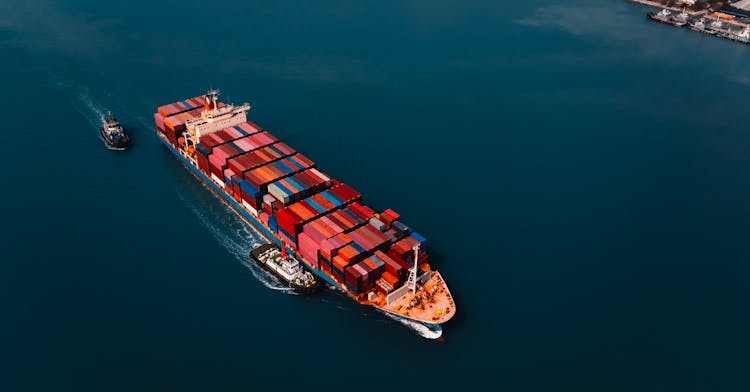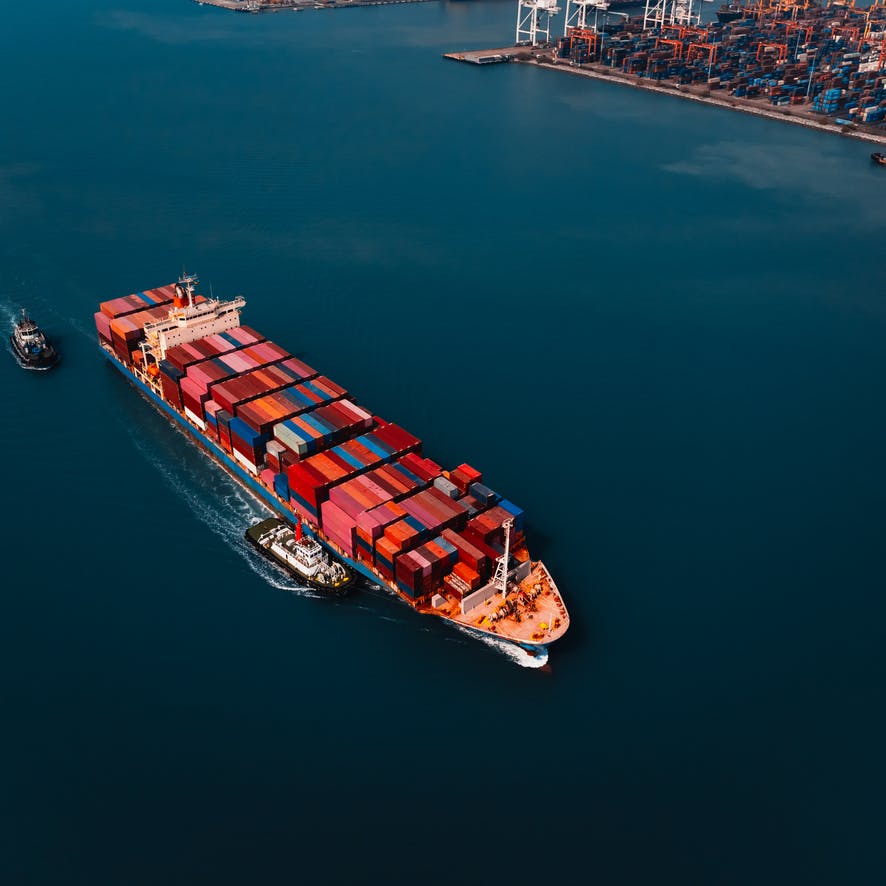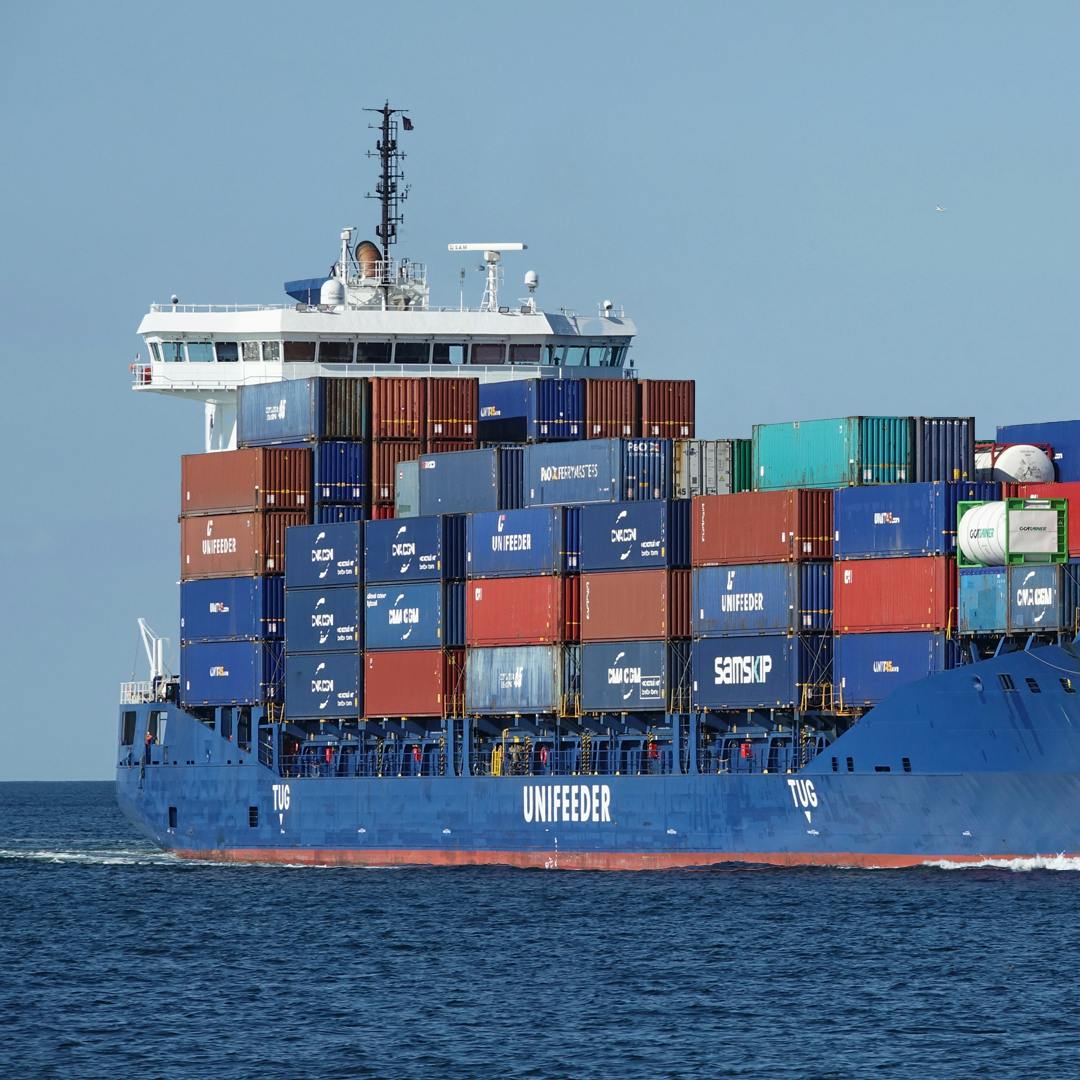Container shipping relies on information exchange, which draws on both paper-based and paperless methods. Given it can be processed by anyone, paper has served the industry well. However, digital processes are now faster, more efficient and more sustainable. Notably, digital information exchange enables superior container tracking given its ability to provide real-time updates, while paper-based documents offer limited visibility over status and location.Traditionally, shipments begin with a paper-based Bill of Lading (B/L) which functions as the contract of carriage and shipment receipt. Created by the carrier, the B/L holds vital details about the type and quantity of goods, the origin and destination of the cargo, names of the shipper and recipient, and much more. While paper bills still dominate the maritime industry, reliance upon them creates a plethora of challenges.Alongside cargo, thousands of pieces of paper are transported along the global logistics chain, with new B/Ls constantly being created. These must be manually inspected by customs officials. Not only is this an inefficient, time-consuming process susceptible to human error, it can also create delays and entail additional costs if any issues have to be rectified. In addition, paper B/Ls are vulnerable to security concerns as physical documents can be lost or stolen.The COVID-19 pandemic highlighted the weaknesses of paper-based methods when ports were closed due to lockdowns and the transfer of paper B/Ls came to a halt, leading to global trade disruptions and delays. Yet while the banking and aviation industries have embraced digitalisation, the shipping industry is closer to where it was in the 1400s. There is therefore an urgent need to modernise container shipping processes.





